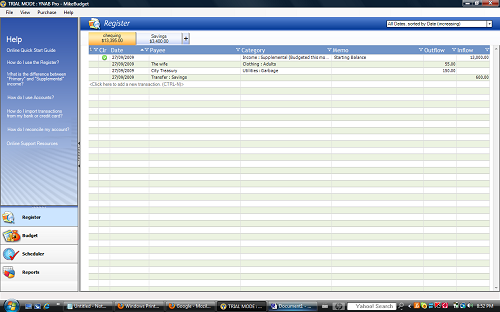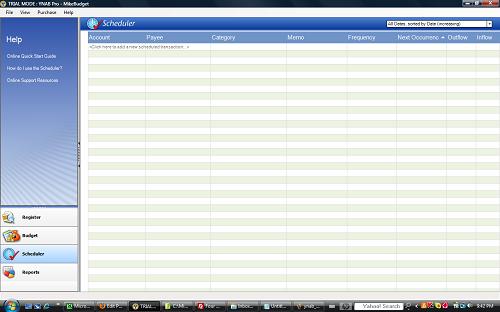This article covers all the contribution limits and rules for Roth IRA accounts as well as Traditional IRA accounts. If you plan to contribute to your IRA accounts then it is important to know how much you can contribute.
Here are the limits for 2009 and previous years:
[table id=14 /]
The over 50 rule applies to anyone who turns 50 (or older) during the year. The idea of this rule is to allow older people to “catch up” on their contributions if necessary.
Roth IRA income phase out ranges
[table id=15 /]
Traditional IRA income phase out ranges
[table id=16 /]
Some IRA rules
If you are over the income ceiling for the traditional Ira then you can still contribute, but you won’t get the tax deduction.
Any IRA contribution room has to be used by Apr 15 of the following year or the contribution room is lost.
The basic difference between a traditional IRA and a Roth IRA is that the Roth IRA does not get a tax deduction on contributions whereas the traditional IRA does. Withdrawals from the ROTH IRA will be tax free whereas withdrawals from the traditional IRA are considered as income.
Don’t forget the Roth limit applies to all Roth accounts regardless of the name. You can’t contribute $5k to your Roth IRA as another $5k to your traditional Roth. The total of all contributions can’t exceed $5k.
Keep in mind that you can make a previous year contribution up until Apr 15 of the following year so if you make a contribution from Jan 1 – Apr 15 you have to designate if that contribution is for that year or the previous year. Any contributions made after Apr 15 will be automatically be considered for that year only.
How do you calculate the IRA income phase?
The way the income phase out works is that if your income is less than the floor then there is no phase out – if you make the ceiling or higher then your contribution room is completely phased out. If your income (modified adjusted gross income) is in between the floor and the ceiling then use the following equation to figure out your contribution limit.
(ceiling – your income) / (ceiling – floor) * limit
Where “ceiling” is the top of the phase out range and “floor” refers to the bottom of the phase out range.
So for example if you are single then in 2009 your contribution limit is $5,000.
The phase out floor is $105,000 and the phase out ceiling is $121,000
If you made $105,000 or less then your contribution limit is $5,000
If you made $121,000 or more then your contribution limit is zero.
If you made between $105k and $121k then use the formula. Let’s say someone made $110k.
The formula is
(ceiling – your income) / (ceiling – floor) * limit
or
($121,000 – $110,000) / ($121,000 – $101,000) * $5,000
which comes out to $2,750.
 I’ve been amazed at people’s reaction to H1N1 for a number of reasons. I was *SHOCKED* that they were able to get the name changed from “Swine Flu” to H1N1 (people involved with the pork industry started oinking immediately after the pandemic started and amazingly managed to get it renamed). I still like to call it “the pig flu”.
I’ve been amazed at people’s reaction to H1N1 for a number of reasons. I was *SHOCKED* that they were able to get the name changed from “Swine Flu” to H1N1 (people involved with the pork industry started oinking immediately after the pandemic started and amazingly managed to get it renamed). I still like to call it “the pig flu”.


